Headquarters: 535 Pine Street, Central Falls, RI 02863
Call us: 401-274-0111
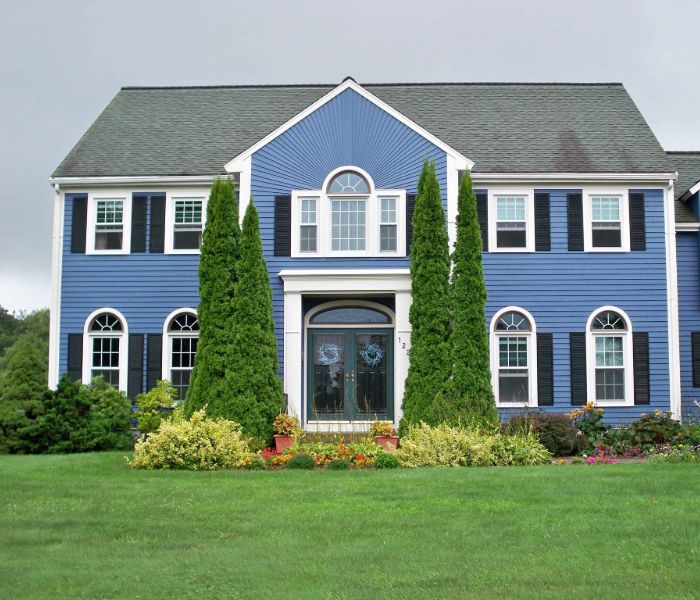
When it comes time to re-side your home, you may be wondering - what happens to the existing wood siding if I install new vinyl siding right over it? Does the old siding need to be torn off first, or can vinyl simply be installed over the original wood? Many homeowners choose to install vinyl siding over existing wood for cost and convenience reasons.
So, what exactly happens wood siding under vinyl? When vinyl siding is installed over wood siding, the original wood siding generally remains in place underneath the new exterior vinyl shell, provided the wood is properly prepared, and the vinyl is installed correctly to prevent moisture damage.
Understanding what happens to your wood siding when covered with vinyl can help inform your siding installation decisions and prevent headaches down the road.
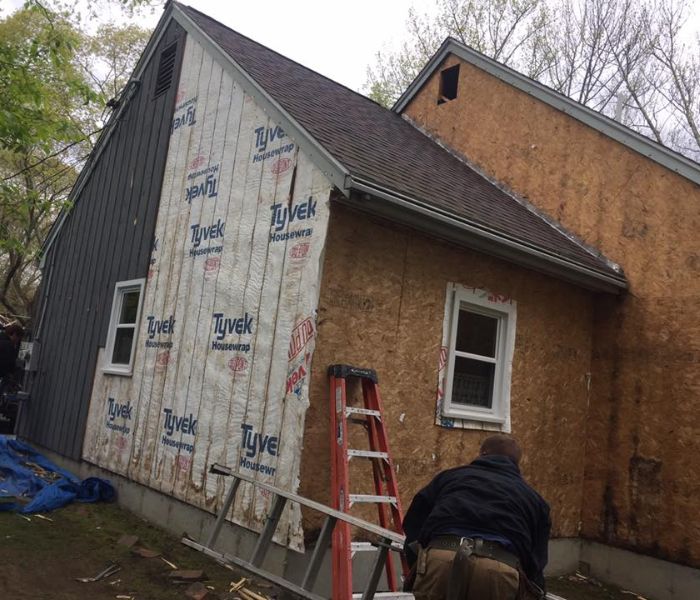
There are several reasons why homeowners choose to re-side their homes with vinyl siding over existing wood siding:
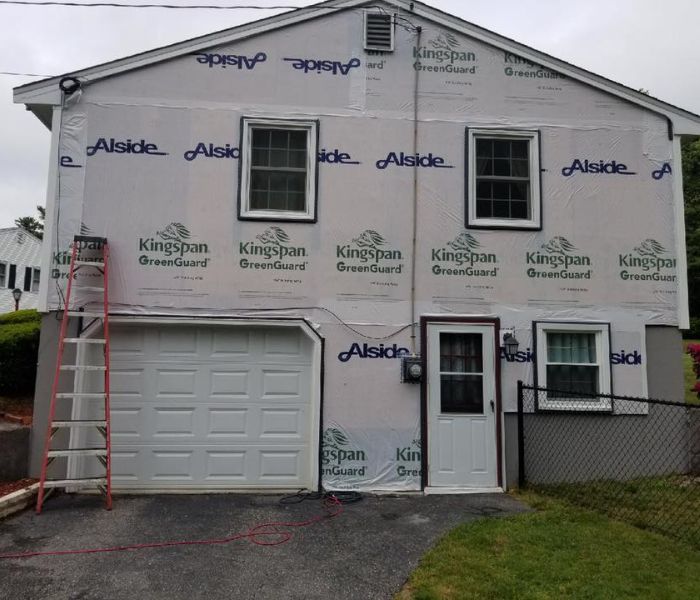
Before installing vinyl siding over existing wood, the wood siding should be properly prepared:
In most cases, the existing wood siding remains underneath the new vinyl siding. The vinyl is installed over top, essentially creating a protective shell over the wood. This saves time and money compared to completely removing and disposing of the old siding first.
There are a few exceptions where existing siding should be removed:
Usually, though, vinyl installers prefer leaving the intact wood intact rather than tearing it off. The existing siding provides extra structure and insulation when covered properly.
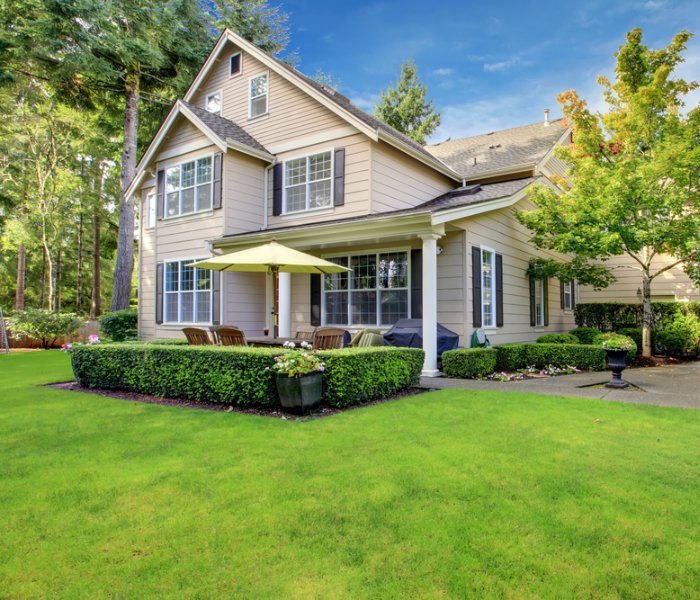
Some homeowners worry that trapping wood siding underneath vinyl may cause moisture issues or mold growth. This is a valid concern, as moisture trapped behind the vinyl could cause rot or decay in the wood.
Installing vinyl siding incorrectly can definitely lead to problems:
However, when vinyl siding is installed properly over intact wood siding, the risks of moisture issues are low. Here's why:
With proper preparation and installation, trapping wood under vinyl poses minimal moisture risks. No more than leaving wood siding exposed to the elements. Periodic inspections are recommended, though.
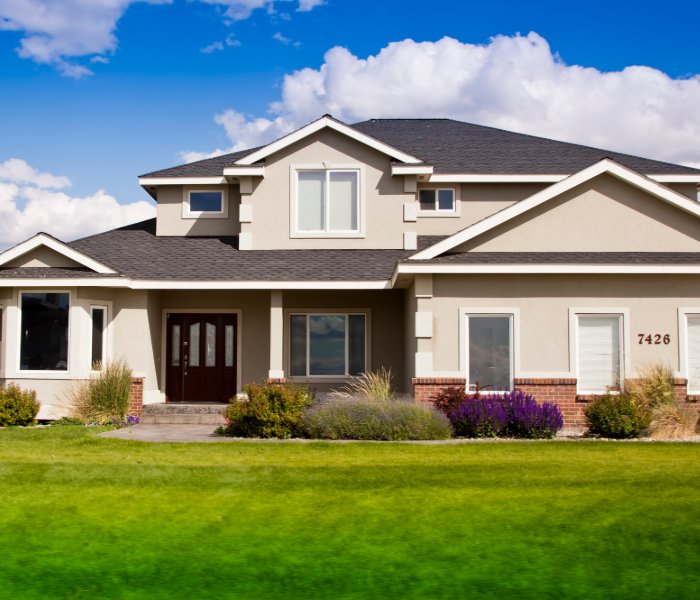
If moisture issues do arise down the road, there are signs to watch out for:
Catching moisture problems early is key to preventing extensive water damage. Some repair options include:
If moisture damage is extensive, siding removal may be needed for repairs. Catching issues quickly improves chances of saving the wood facade underneath.
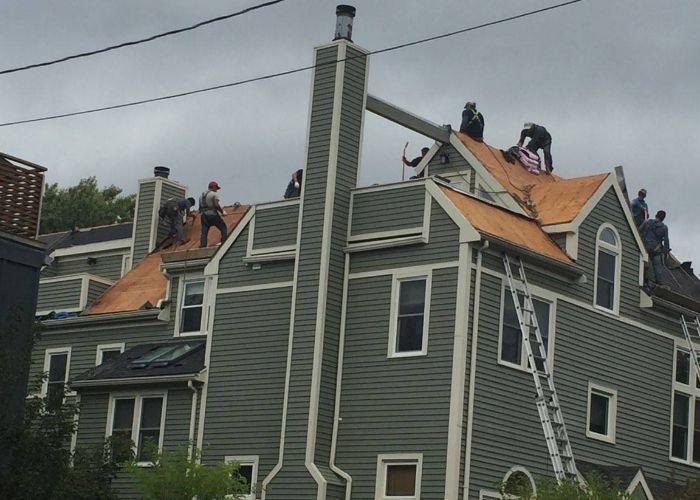
Vinyl siding over wood comes with tradeoffs to weigh:
Pros:
Cons:
In summary, installing vinyl over intact, well-prepped wood can offer cost and aesthetic benefits. It is less risky than trapping damaged or rotting wood underneath. Proper installation and ongoing maintenance help minimize potential moisture issues. Weigh the pros and cons carefully for your specific home.
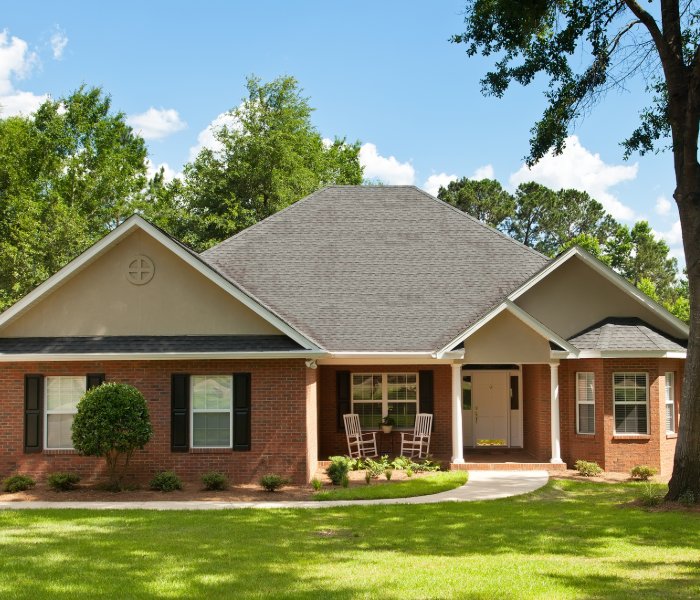
About United Better Homes
For over 30 years, United Better Homes has been providing quality vinyl siding installation and home improvement services in the local area. Their experienced team handles vinyl siding projects of all sizes, from small garage remodeling to full home re-siding. To request a free estimate for your vinyl siding project, call United Better Homes today at 401-274-0111.
What goes under vinyl siding on a house?
Typically, the existing wood, aluminum, or other original siding on the house remains in place when new vinyl siding is installed over top. To prepare for vinyl siding, the original siding should be repaired, prepped with primer/paint, and covered with house wrap to create a smooth, waterproof surface for the new vinyl to adhere to.
What is the wood under your siding called?
The wood boards used for the original siding on a house are typically referred to as clapboards or weatherboards. These wooden boards that form the exterior facade underneath new vinyl siding are the original sheathing of the home.